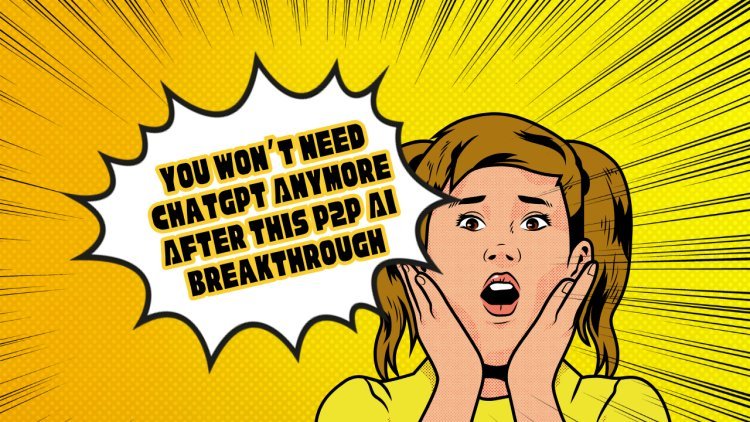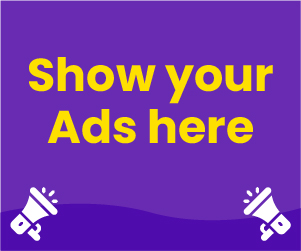How Peer-to-Peer (P2P) Networks Could Disrupt the AI Industry in 2025
“The future of AI might not be in the hands of big tech—but in the hands of the people.” Artificial Intelligence (AI) today is dominated by centralized giants—OpenAI, Google DeepMind, Meta, and Microsoft. These companies control the data, infrastructure, and algorithms that power everything from ChatGPT to Gemini. But a new trend is emerging that could redefine the entire AI ecosystem: Peer-to-Peer (P2P) networks.

In 2025, the rise of decentralized AI models, blockchain-backed compute networks, and user-owned data systems is challenging the monopoly of big tech. Let’s explore how P2P is shaking the foundations of the AI world.
What is a Peer-to-Peer (P2P) Network?
P2P is a decentralized network architecture where each participant (or “peer”) acts as both a server and client. Instead of relying on central servers, P2P systems share resources—like storage, bandwidth, or computing power—across all connected devices.
In the context of AI, this means:
-
Training and running models without relying on central servers.
-
Sharing and accessing datasets directly from users.
-
Rewarding participants who contribute resources with tokens or incentives.
Why This Threatens the Current AI Power Structure
1. Decentralized Compute Power (Bittensor, Golem)
Traditionally, training large language models (LLMs) requires cloud infrastructure from Amazon AWS, Google Cloud, or Microsoft Azure.
But now, projects like:
-
Bittensor: A decentralized machine learning network where users contribute models and are rewarded in TAO tokens.
-
Golem: A decentralized marketplace for renting unused CPU/GPU power for AI workloads.
These networks allow anyone to contribute compute resources and participate in AI model training, turning the public into a distributed “supercomputer.”
2. User-Owned Data Economy (Ocean Protocol, DataDAO)
Big tech thrives on centralized data extraction. But in 2025, platforms like:
-
Ocean Protocol: Let users publish and monetize their data while retaining privacy.
-
DataDAOs: Community-governed data repositories that fuel model training transparently.
This decentralizes the most valuable AI asset—data—and puts it back into the hands of users.
3. Federated Learning and Edge AI (Apple, NVIDIA Jetson)
Big tech is also moving towards federated learning, where models are trained across edge devices (phones, sensors) without sending raw data to the cloud. Apple already uses this in iOS for keyboard predictions and health tracking.
What’s next?
-
AI on-device using chips like Apple’s M4 or NVIDIA’s Jetson.
-
No cloud dependency, more privacy, and real-time processing.
This trend aligns perfectly with the P2P vision: decentralized, local, and private AI.
Today’s Trends Supporting the Shift
-
User Backlash Against Centralization: With increasing censorship, API pricing (e.g., OpenAI GPT-4o API costs), and privacy breaches, creators and developers are shifting toward open-source and decentralized alternatives.
-
Explosion in Open-Source AI Models:
-
Meta’s LLaMA 3 (open-weight transformer model)
-
Mistral and Mixtral
-
StableLM from Stability AI
-
-
Crypto + AI Integration: AI + blockchain projects have grown 5X in market cap in 2025. Tokens like $TAO (Bittensor), $OCEAN (Ocean Protocol), and $AGIX (SingularityNET) are gaining real developer traction.
What Could the Future Look Like?
Imagine:
-
You train an AI on your phone, and rent your spare GPU to a global network.
-
You earn tokens every time someone uses a part of your model.
-
You own your data, and choose who can use it for training.
-
You run ChatGPT-like assistants without an internet connection, privately and securely.
This is the P2P-powered AI revolution—and it's already happening.
Final Thoughts
Centralized AI is powerful—but it’s also fragile, expensive, and increasingly controlled. Peer-to-peer AI flips the model, empowering developers, users, and communities to take back control.
In 2025, the question isn’t “Can P2P disrupt AI?”
It’s “How long until it does?”



















